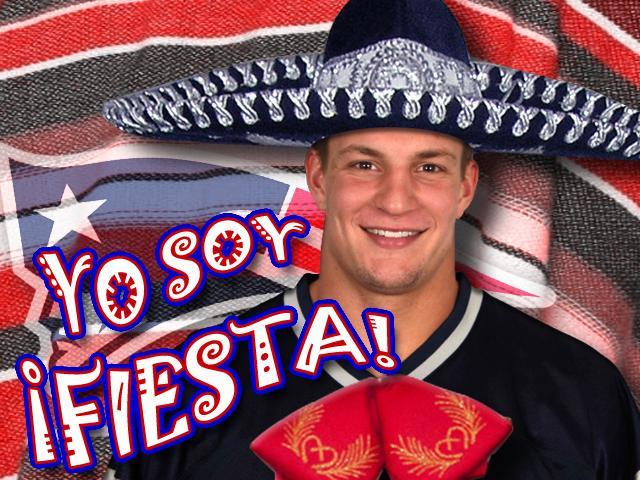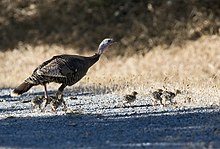Ravi
Diamond Member
What does REAL mean? Well, she's not talking turkey and cranberry sauce. She's talking a Spanish explorer who landed here on Sept. 8, 1565, and celebrated a feast of thanksgiving with Timucua Indians. They dined on bean soup.
If you do the math, it is 56 years before the Pilgrims sat down and shared a meal with natives at Plymouth Rock.
Florida teacher chips away at Plymouth Rock Thanksgiving myth - USATODAY.com



 Voy a brindar por su padre!
Voy a brindar por su padre!



